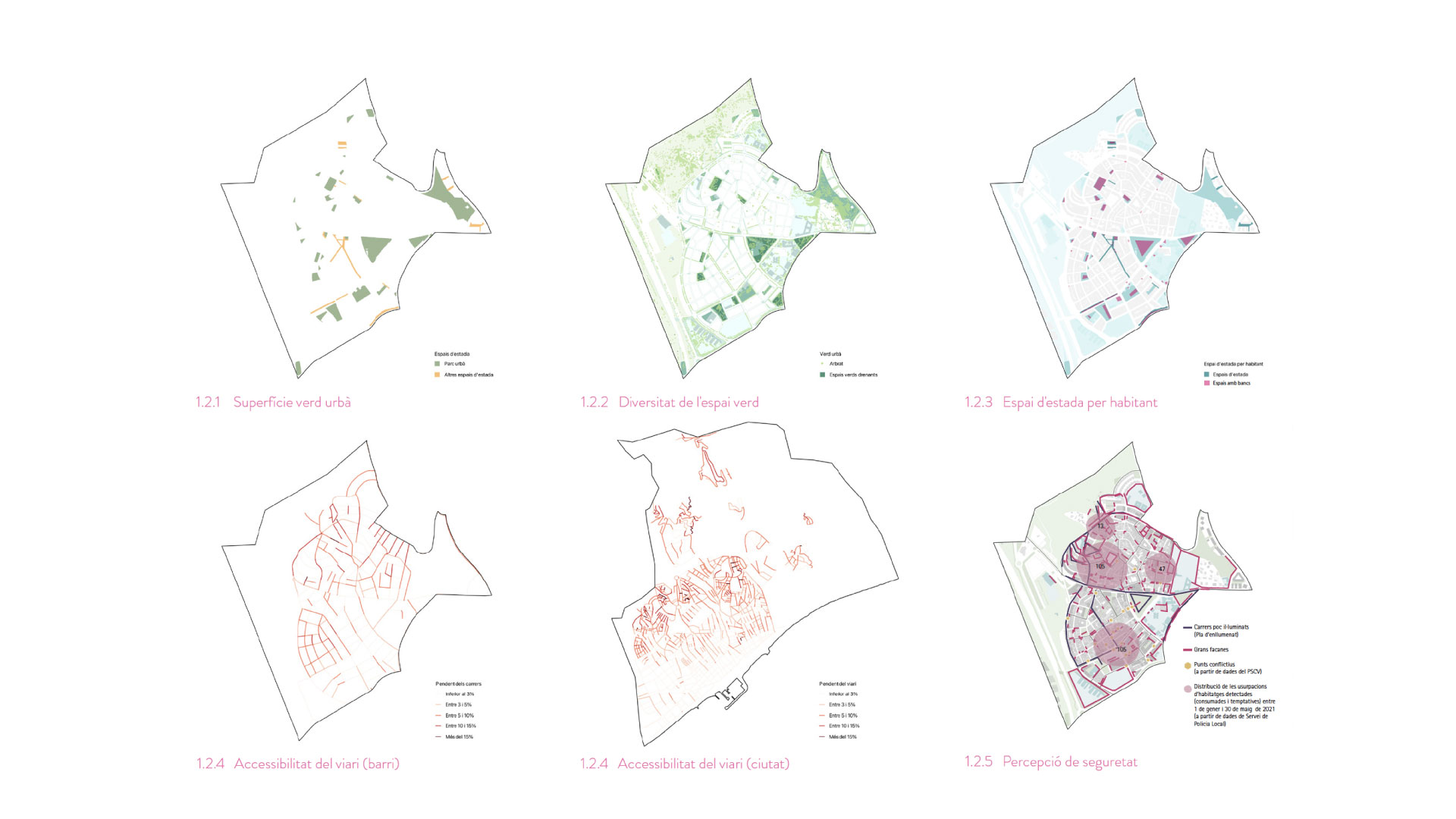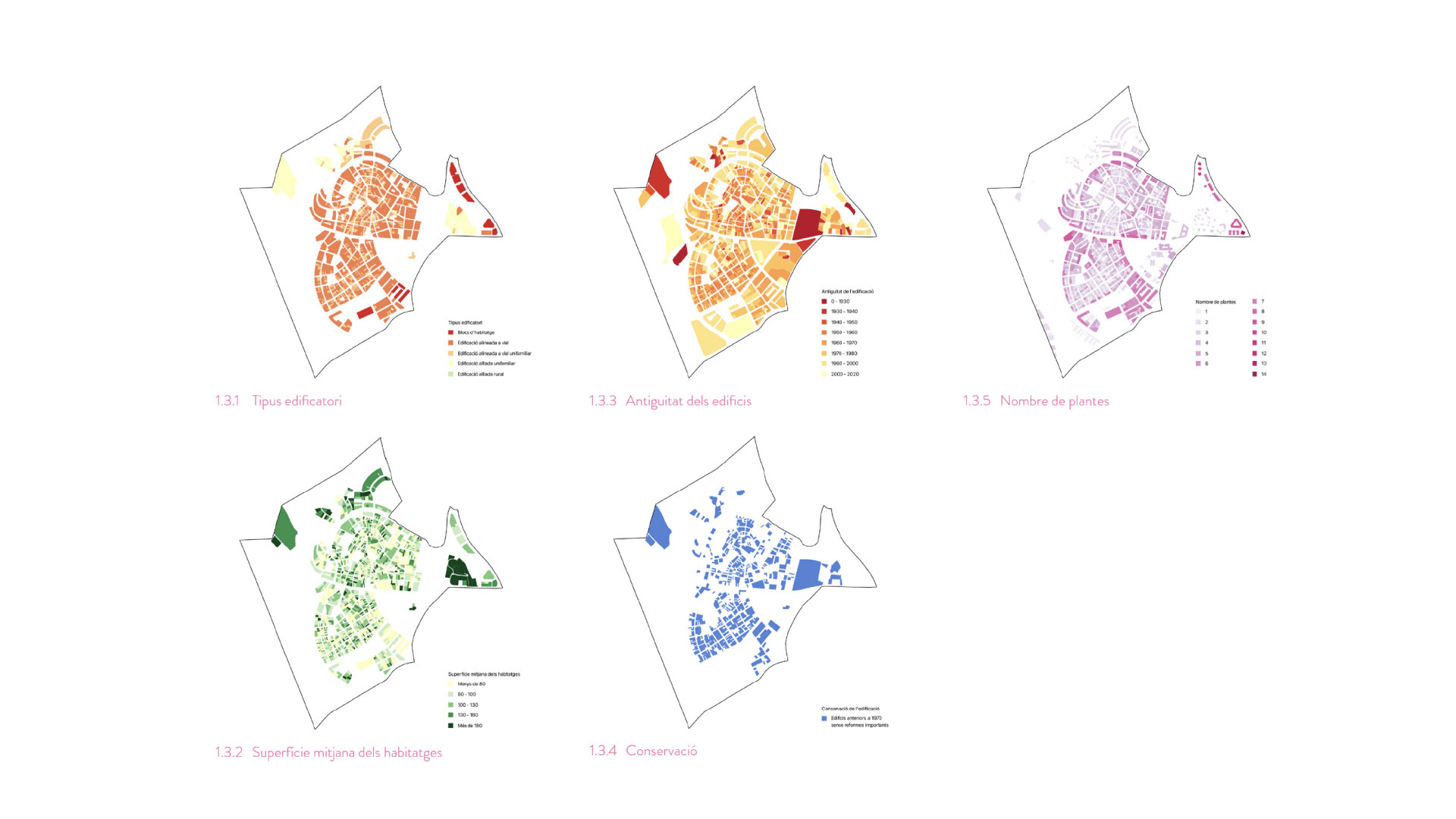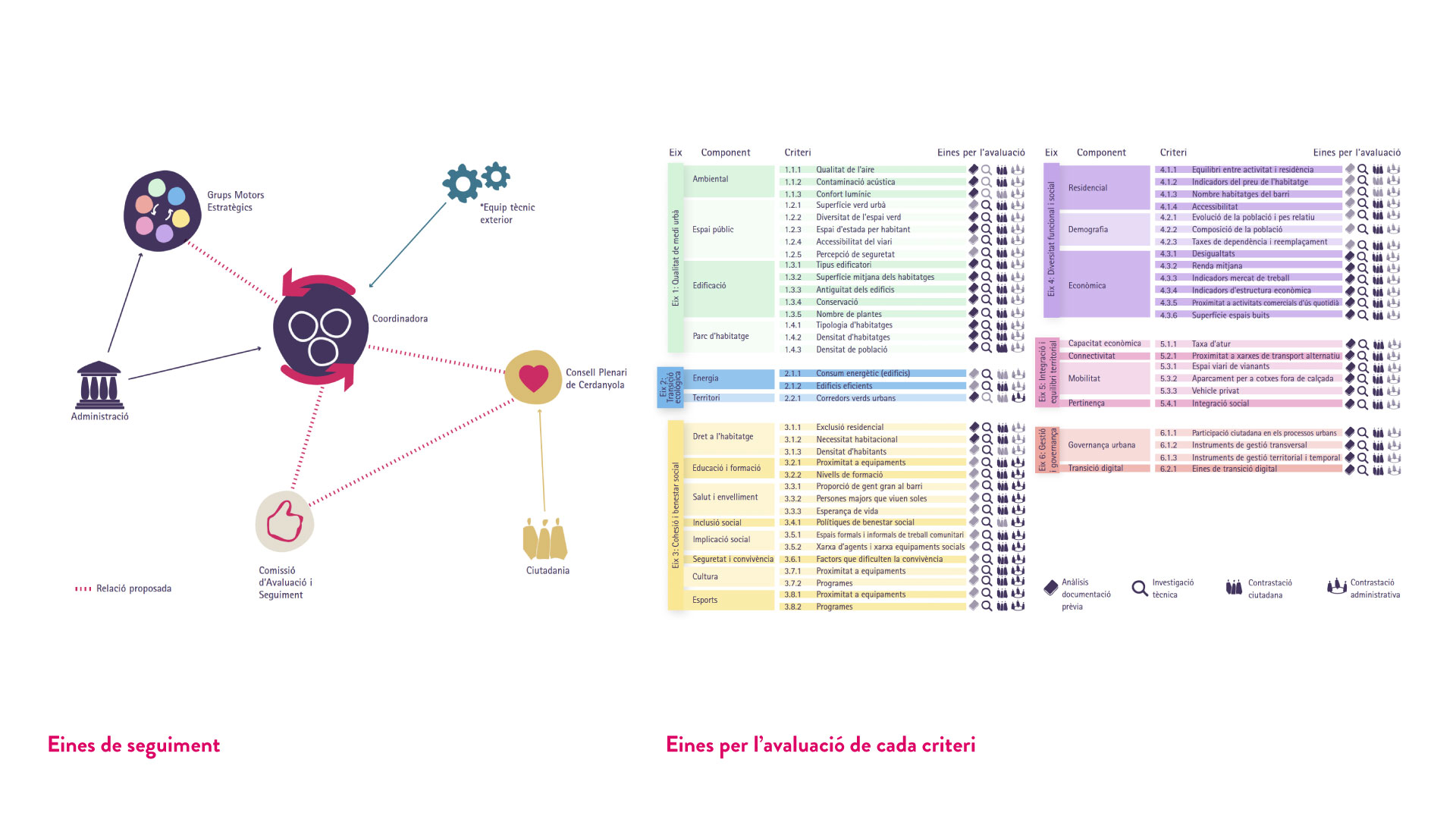Strategic Plan for Urban Regeneration in the neighborhood of Cerdanyola







Urban regeneration has been a critical mechanism for the transformation and development of cities. It consists of intervention in consolidated urban areas to reverse the situation of those most sensitive territories and unequal peripheries. This will present the opportunity to respond to the needs of neighborhoods with deficiencies, as in the case of Cerdanyola. We must think that the city is where citizens live and, therefore, their needs must be guaranteed. This plan can be the instrument to implement the change to guarantee, in the future, the needs of the inhabitants of the Cerdanyola neighborhood, in this sense, the document pursues the following objectives:
- Establish guidelines and priorities that allow coordination of interventions with the different City Council departments over time, with the common goal of improving the neighborhood.
- Define a strategic plan so that the Mataró City Council can request external financing.
- Detail lines of action to facilitate and guide transformation processes in which there is a collaboration between public and private agents in the neighborhood.
- Identify specific transformation actions that can guide the administrative resources available to carry out viable actions in the short or long term.
Urban transformation processes offer the possibility of planning new forms of social inclusion, fostering more equitable environments in which access to services and new opportunities are facilitated, promoting citizen participation, and reflecting the cultural and social diversity of the neighborhood.
Cerdanyola’s regeneration plan should revolve around the principles of diversity, an essential aspect in the balance of any ecosystem; sustainability, as a basic component of any development; and identity, as a basic characteristic of any settlement (JLP).
Three principles to improve the daily life of the people who live in the Cerdanyola neighborhood, dealing with everyday and fundamental issues such as accessibility and mobility, social and economic activities, services, productive and reproductive tasks, and interior and exterior habitability.
The plan does not start from scratch, but from all the documentation and previous studies, so one of the first steps in this process will be to analyze all the information worked on. Afterward, and based on this documentary analysis, the fieldwork is carried out, and the sessions with the citizens generate a space for continued cooperation between the previous administrative work, the technical work, and the citizen’s perception.
On the other hand, this plan also focuses on providing the technical services of the city council with support and arguments that allow the daily needs of the Cerdanyola neighborhood to be aligned with European funding, as well as with the objectives of sustainable development, the urban agenda European and Spanish.
Place
Mataró, neighborhood of
Cerdanyola
[31.241 habitants]

Scale
Neighborhood
Type of project
Urban Strategies
Citizen cooperation
Duration
4 months [2021-2022]
Promoter
Municipality of Mataró
Team
*estel (Konstantina
Chrysostomou, Alba
Dominguez Ferrer, Arnau Boix
i Pla, Marc Deu i Ferrer)
Pere Manubens,
monoDestudio,
FIKA
Collaborators
Taula de Pla Integral de
Cerdanyola,
Àrea de Qualitat Urbana de
l’ajuntament,
Àrea de Serveis a la Ciutadania
de l’ajuntament
Presentation
Check the presentation at prezi
